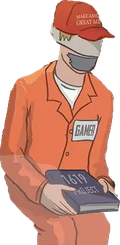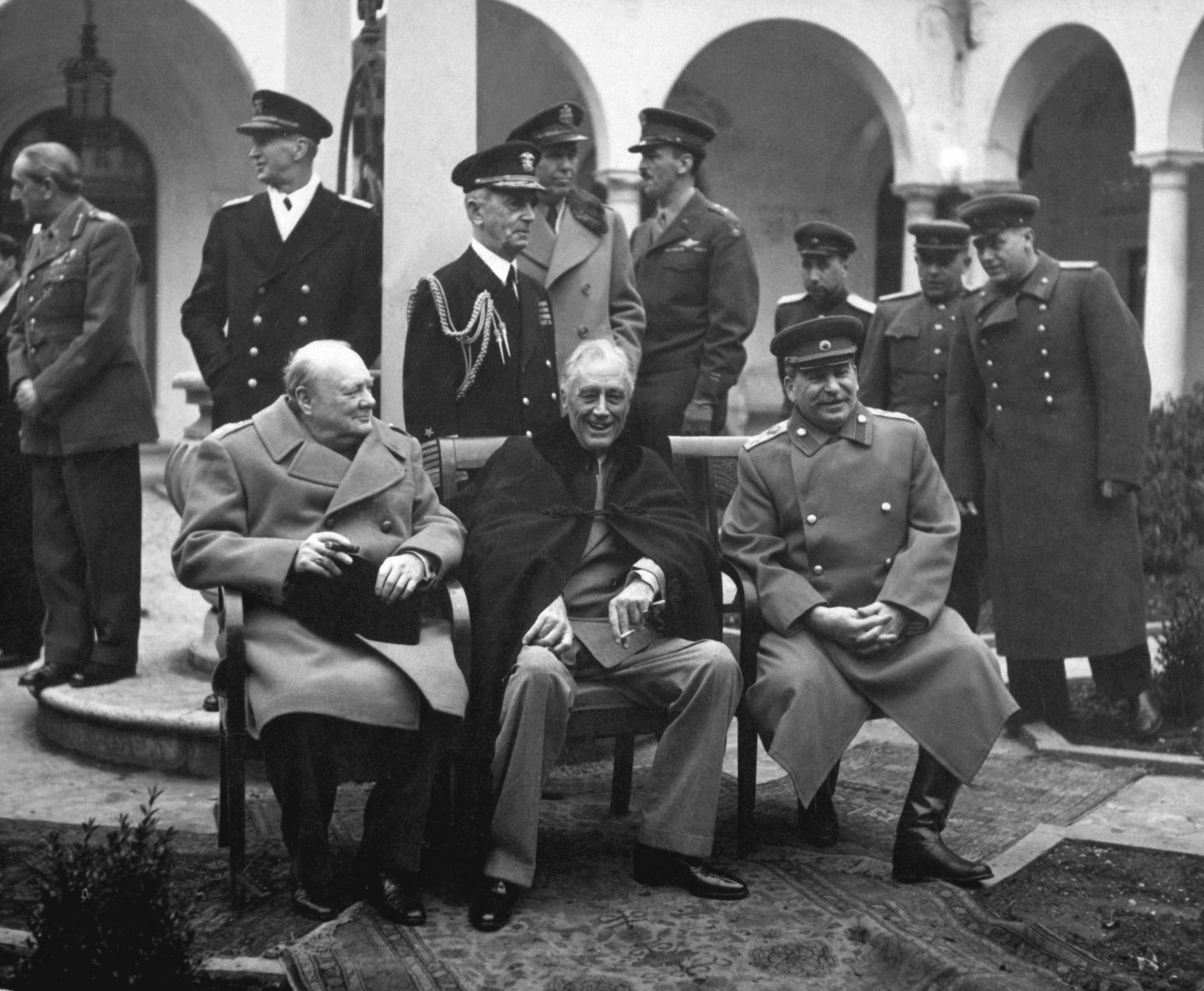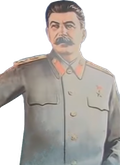Yuritopiaposadism [none/use name]
- 1.14K Posts
- 26 Comments

 35·18 days ago
35·18 days agopicture of real victims of Sweet Baby:


 47·25 days ago
47·25 days agochekmate gommies.

 18·1 month ago
18·1 month agoAlso he had shit taste in games
Understandable.

 3·1 month ago
3·1 month agoJapanese history professor and anime expert Antonia Levi, author of Samurai from Outer Space: Understanding Japanese Animation (Open Court, 1996), concurs with Schodt’s view that the oversized eyes and generally Caucasian appearance of many anime characters stems from the artistic conventions established by early shoujo (girls’) manga. However, she proposes a more specifically sociocultural explanation for how this came about. According to Levi, when the first generation of women manga artists took over the girls’ comics genre in the 1960’s, they wanted the option of doing storylines with more action and plot development than the stereotypically sugary, sentimental romances their male predecessors had assumed young female readers would prefer. However, since it was still socially impermissible for female characters to do anything particularly unconventional or adventurous if the story were set in anything resembling contemporary 1960’s Japan, the female manga artists of this pioneering group resorted to setting a far greater proportion of their stories in Europe and the United States than their counterparts in shonen, or boys’, comics did.
It was a roundabout way to do female stories that dealt social taboos. The look of the characters stuck as a result. See: Anime’s Obsession With Europe: A Brief History

 8·1 month ago
8·1 month agoWho are the British people shedding blood

 9·2 months ago
9·2 months agofan translations of mother 3 and Boku no Natsuyasumi 2.

 2·2 months ago
2·2 months agoI thought so too, but now I am not sure. I am just going to wait.

 15·2 months ago
15·2 months agoI have no choice but abandon Communism



 33·3 months ago
33·3 months agohttps://www.rbth.com/history/334425-most-famous-partisans-in-russia
At precisely eight o’clock in the evening on November 13, 1943, a powerful explosion rocked a cinema in the town of Porkhov in Pskov Region. It killed more than 700 Wehrmacht soldiers, 40 officers and two generals. The organizer and perpetrator of this massive act of sabotage was the cinema manager, who was additionally an active fighter of the 7th Leningrad partisan brigade. His name was Konstantin Chekhovich.
At the very beginning of the war, Konstantin Alexandrovich, the commander of a sapper platoon, was sent to the Leningrad area, where he was to carry out sabotage operations. Here he ended up in German captivity, from which he managed to escape after just two weeks. It was then that Chekhovich joined the partisans. Intending fully to utilize Chekhovich’s professional skills, the command of the 7th Leningrad partisan brigade sent him to the town of Porkhov for a major sabotage operation.
Konstantin Alexandrovich spent two years blending in with the locals in the town and gaining the confidence of the Germans: He became a family man and worked as a clock repairer and then as an electrician at the local power station. After getting a job at the cinema as a mechanic, he was subsequently promoted to manager.
The Porkhov cinema was chosen by the command of the partisan brigade as the main target of the operation. While German servicemen would gather on the ground floor to watch films, a branch of the German Security Service (SD) was located on the first floor.
Using his pockets and a small lunch bag, Chekhovich gradually smuggled 65 kg of TNT into the cinema premises, skilfully planting it around the perimeter of the building and installing a timer. His wife’s sister Evgeniya Mikhaylova, who worked as a cleaner here, assisted him greatly in this.
The sabotage expert had calculated everything well: The blast came at the appointed time and the cinema building collapsed like a house of cards, burying under the debris the German servicemen who had gathered for the last film show of their lives. Both Konstantin Alexandrovich and his family were gone from the town by then.
For carrying out his mission, Chekhovich was put forward for the Hero of the Soviet Union title, but it was never awarded - his two-week period in German captivity was a factor. Only in 2013 was a commemorative plaque to him unveiled in the town of Porkhov.

 4·3 months ago
4·3 months agoI still watch it.

 8·3 months ago
8·3 months agoYou are not taking me alive!



 10·3 months ago
10·3 months agoKilling Nazis has gone woke, smh.

 11·4 months ago
11·4 months ago
 Assassin’s Creed II Brotherhood was good and I disagree.
Assassin’s Creed II Brotherhood was good and I disagree.



















No sex until productivity goes up.